Shiplap walls offer a versatile canvas for enhancing interior and exterior spaces, combining rustic charm with modern aesthetic appeal. From classic white horizontal planks to bold colored accent walls, shiplap can be tailored to any room or style. Whether you’re aiming for a farmhouse-inspired living room, a serene coastal bathroom, or a dramatic office backdrop, these 20 ideas showcase the breadth of design possibilities. Each approach considers orientation, finish, and integration with other architectural elements, ensuring that shiplap not only adds texture and visual interest but also complements your home’s character and functional needs.
1. Classic Horizontal White Shiplap

A timeless choice, horizontal white shiplap brightens a room while maintaining a clean, airy feel. Its uniform lines draw the eye laterally, visually widening narrow spaces and offering a neutral backdrop for artwork or shelving. This style is ideal for living rooms, bedrooms, or hallways seeking understated elegance and pairs seamlessly with both traditional and contemporary décor.
2. Vertical Shiplap for Height Emphasis

Installing shiplap boards vertically accentuates ceiling height, making rooms with low roofs feel taller and more spacious. This orientation works particularly well in entryways, mudrooms, and bathrooms, where the upward lines guide attention toward architectural details or pendant lighting. Vertical planks also lend a modern twist to the classic farmhouse look.
3. Painted Color-Pop Shiplap
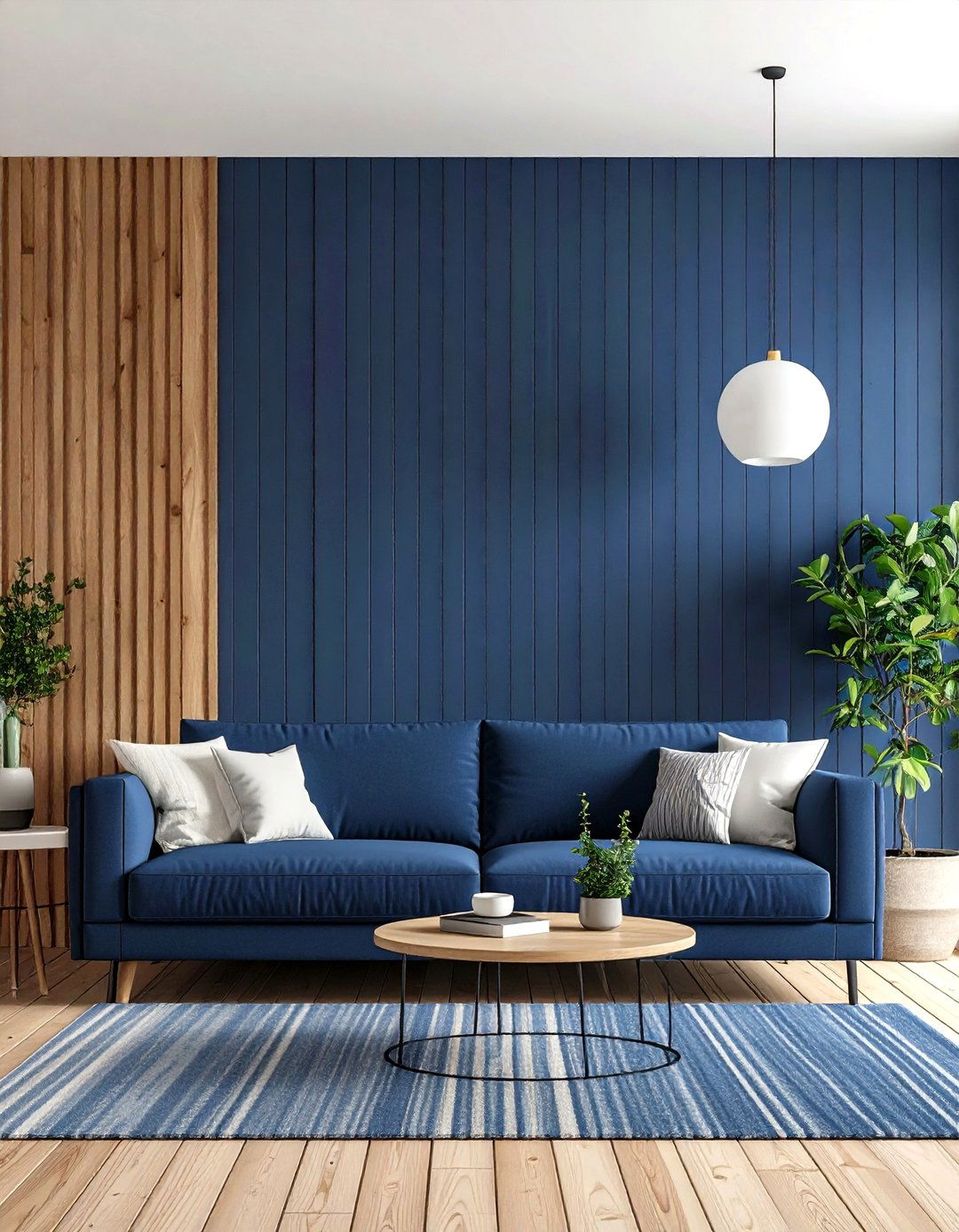
Ditch the all-white scheme by painting your shiplap in bold hues—navy, olive green, charcoal, or even black—to create a dramatic statement wall. This technique transforms any room into a focal point, whether behind a bed, sofa, or TV console. Dark shiplap adds depth and moodiness, perfect for reading nooks or home theaters.
4. Reclaimed Wood Shiplap
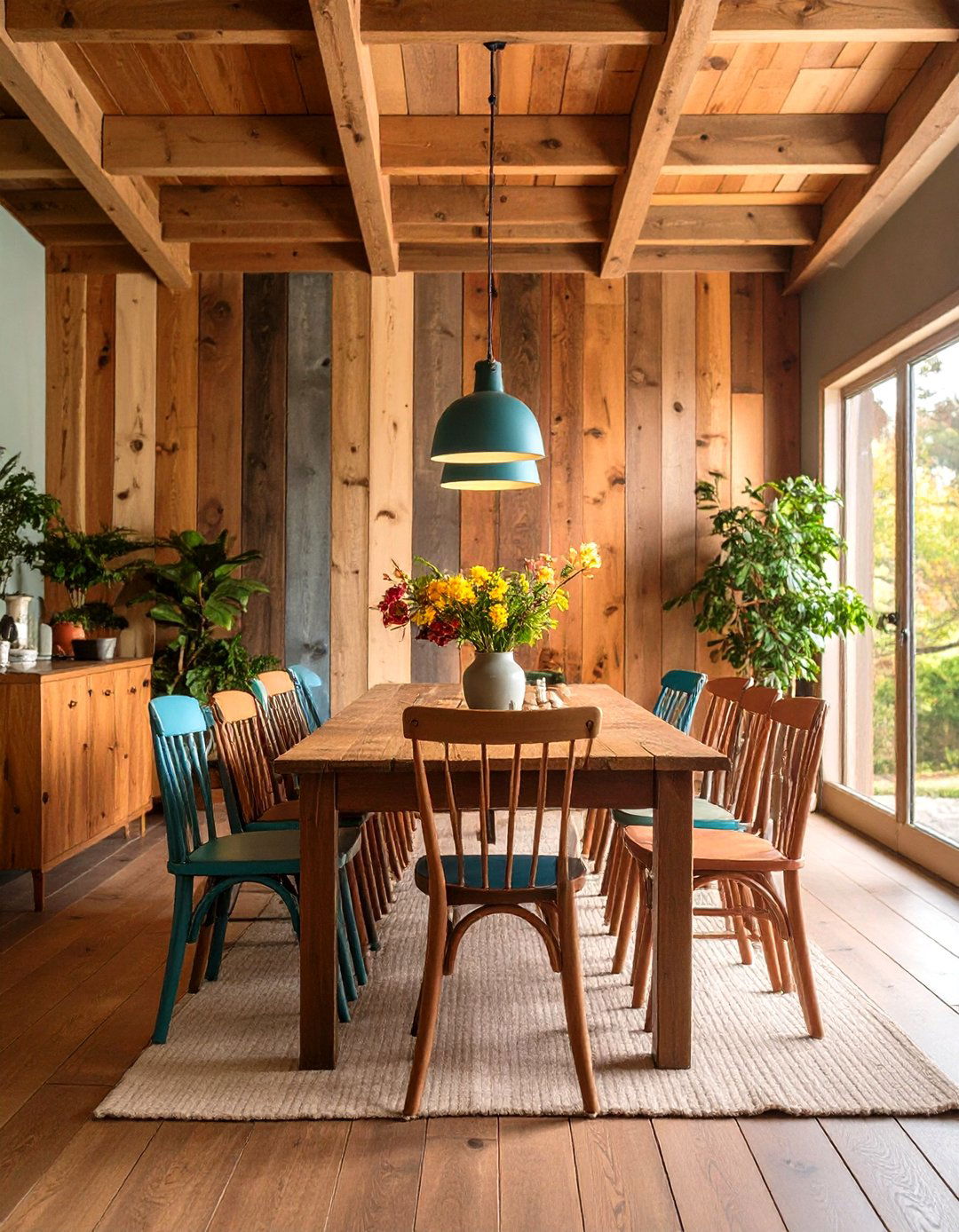
For authentic rustic charm, opt for reclaimed barn wood or salvaged timber. The natural imperfections and varied tones of aged wood bring warmth and history to your walls. Ideal for accent walls in dining areas or home offices, reclaimed shiplap infuses spaces with character unmatched by factory-finished boards.
5. Herringbone Pattern Shiplap
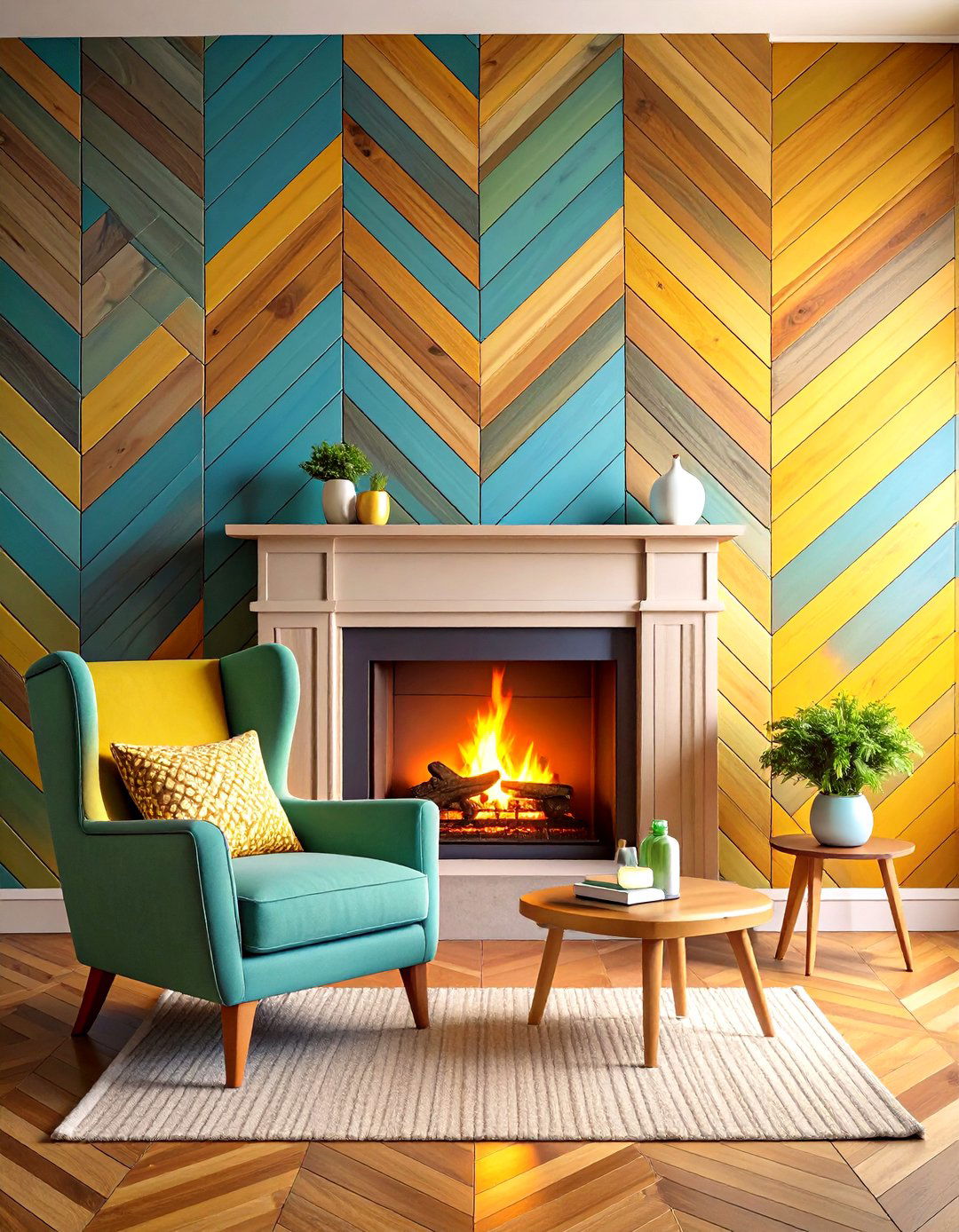
Elevate your design with diagonally installed planks arranged in a herringbone pattern. This intricate layout adds visual interest and sophisticated texture, making it perfect for feature walls or fireplace surrounds. Though more labor-intensive to install, the resulting geometric pattern offers a high-end look that stands out.
6. Chevron Shiplap Accents
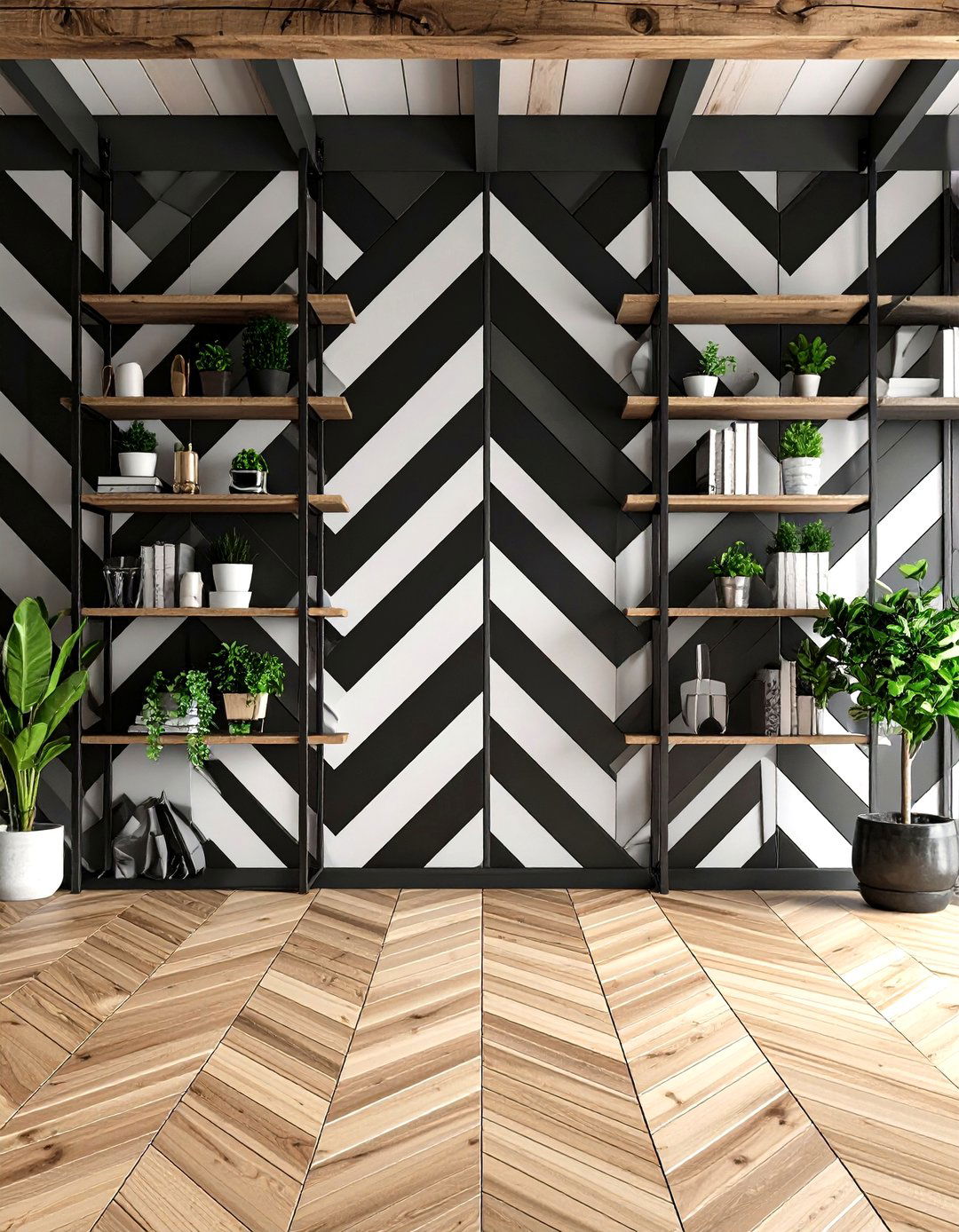
Similar to herringbone but with continuous zig-zag lines, chevron shiplap delivers an eye-catching, rhythmic pattern. Use it sparingly on an accent wall or behind open shelving to avoid overwhelming the room. The pointed angles create a dynamic backdrop for minimalist or industrial décor.
7. Partial Wainscoting with Shiplap
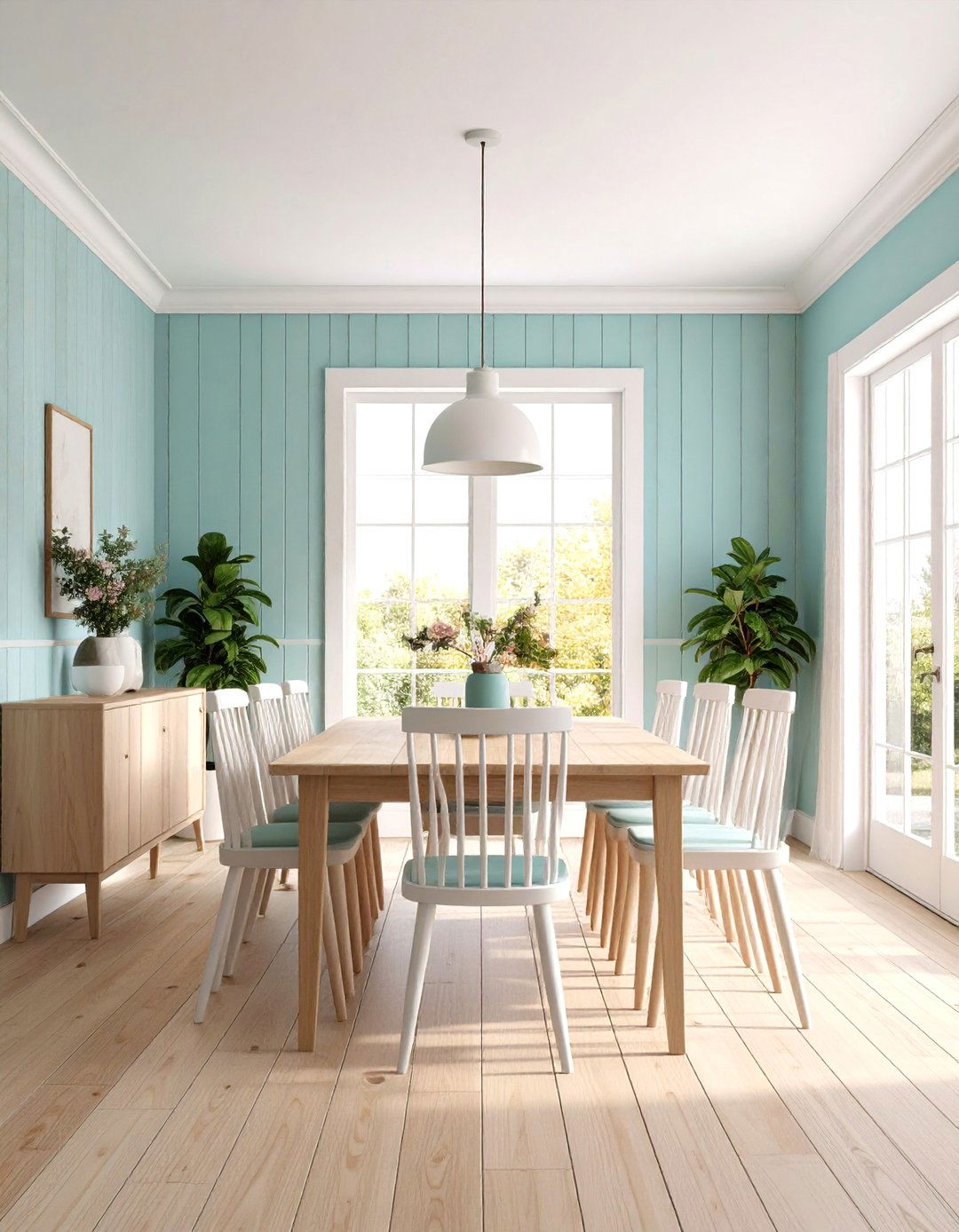
Combine shiplap with traditional wainscoting by installing it on the lower half of walls, topped with a chair rail. This hybrid approach offers texture without committing to full-wall coverage, ideal for dining rooms, stairwells, or bathrooms. The contrast between smooth upper walls and textured lower panels adds architectural interest.
8. Staggered-Width Planks
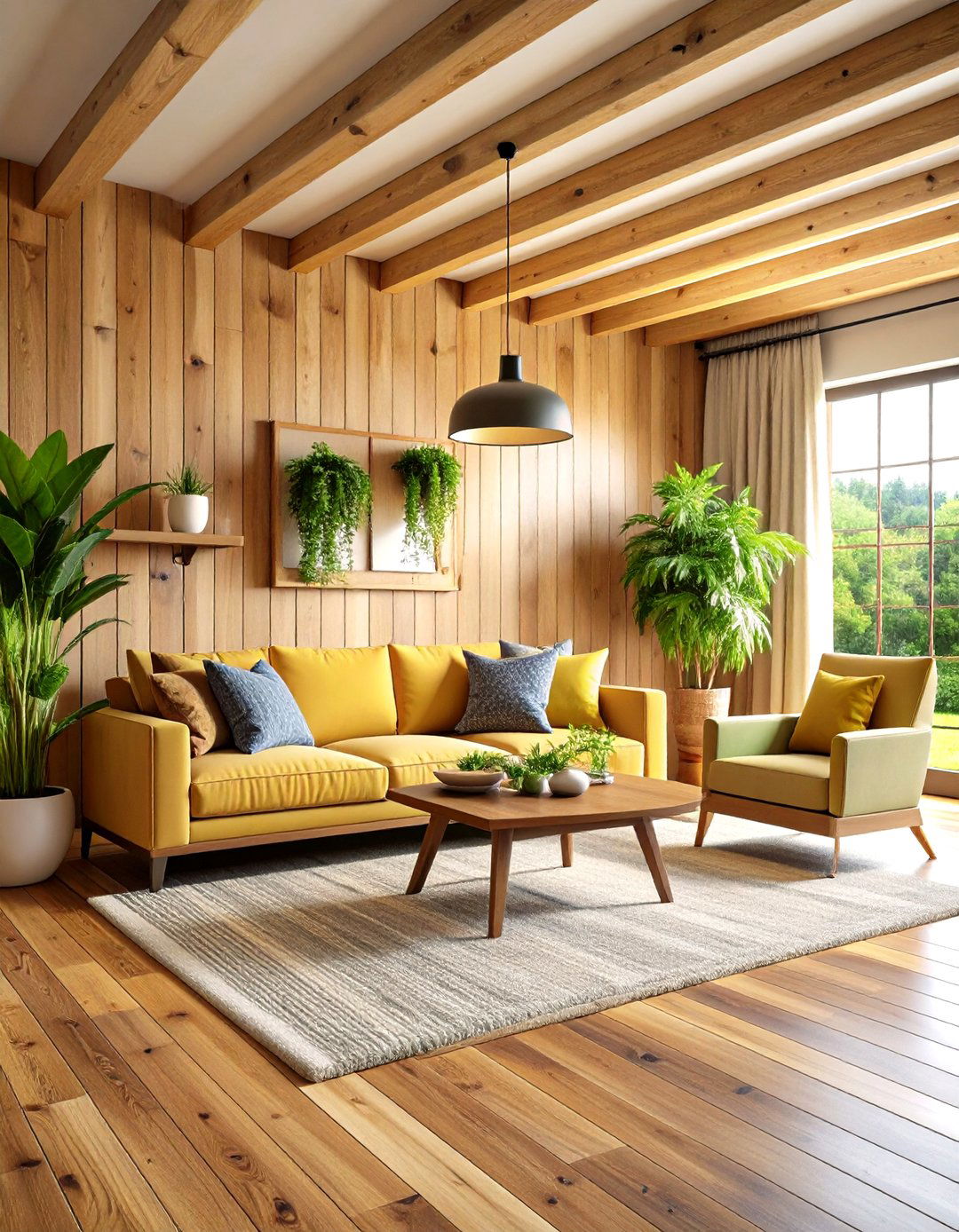
Mix plank widths—alternating between narrow and wide boards—to introduce subtle variation and depth. This technique works beautifully in modern farmhouse interiors, giving walls a bespoke, handcrafted feel. The irregular lines catch light differently, highlighting the natural grain of the wood.
9. Diagonal Shiplap for Dynamic Flow
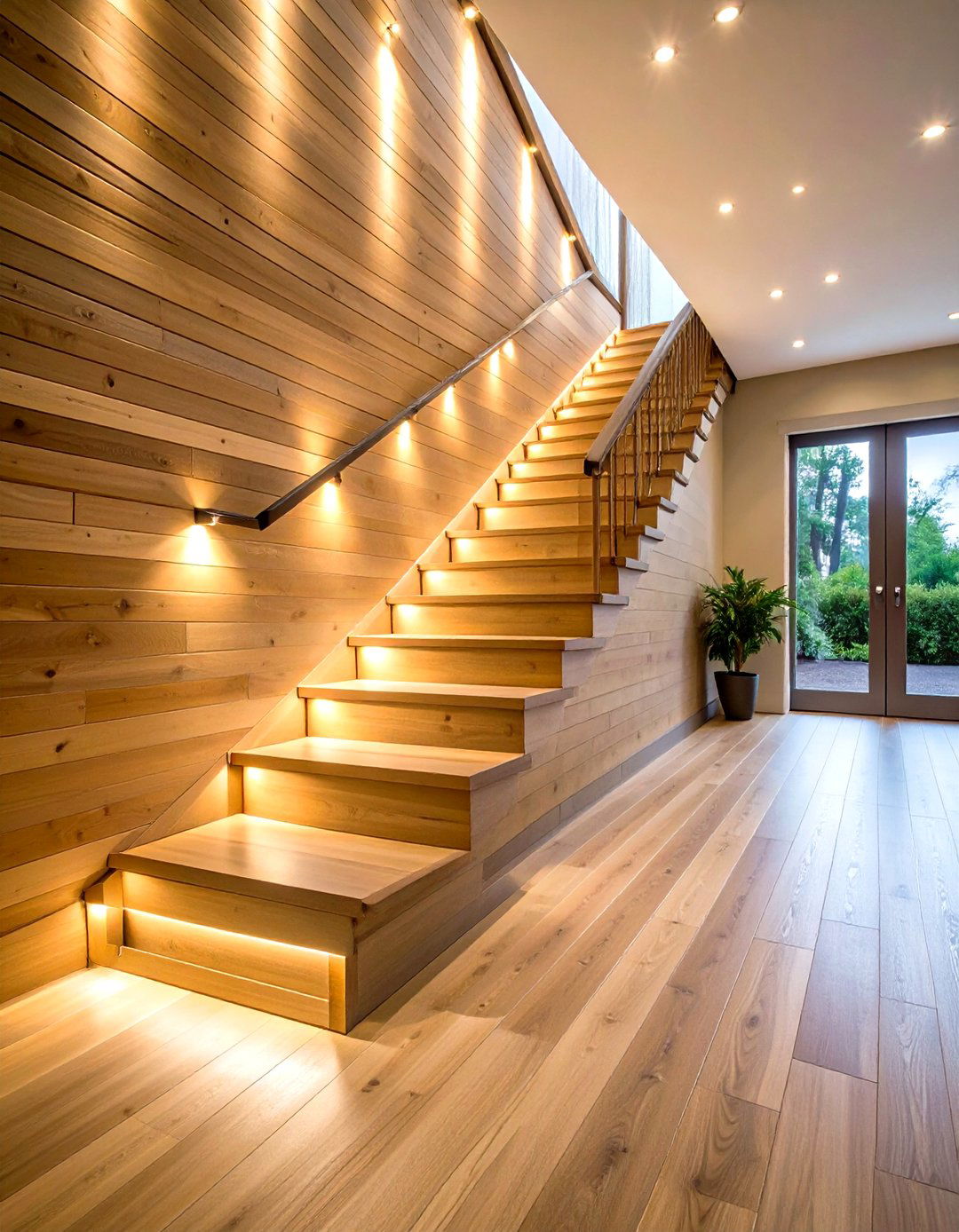
Install shiplap boards at a consistent 45-degree angle for a dynamic, contemporary look. Diagonal layouts break away from traditional horizontal and vertical orientations, drawing the eye along the slanted lines. This style suits entryways or stairwell walls, where movement already occurs.
10. Shiplap Ceilings

Extend shiplap overhead to transform plain ceilings into architectural statements. Ceiling installations enhance cozy vibes in bedrooms and living rooms, while painted shiplap can brighten dark attic spaces. Vertical ceiling boards, known as "vaulted shiplap," also emphasize room height.
11. Full-Room Shiplap Coverage
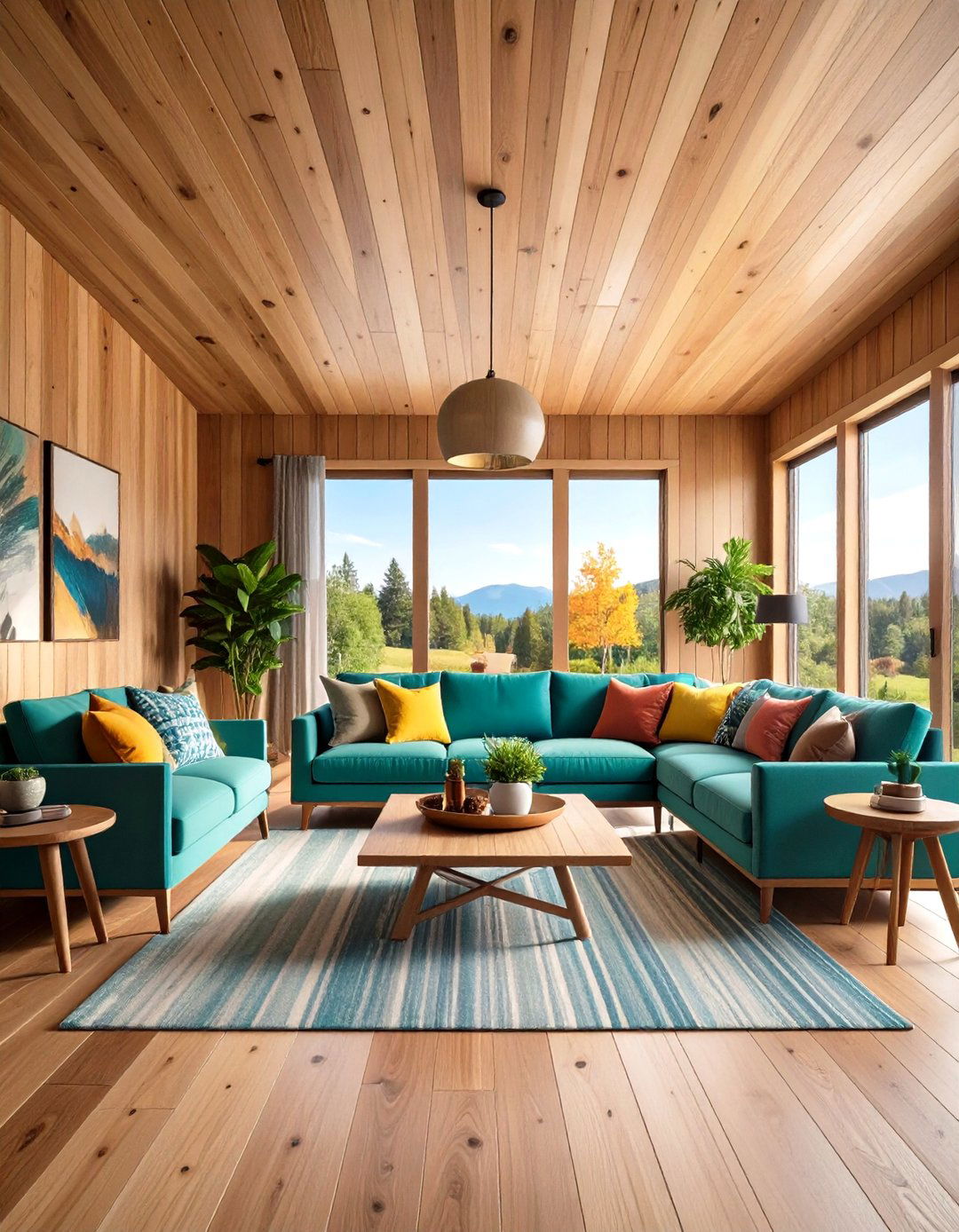
Envelop an entire room—walls and ceiling—with shiplap for immersive texture. This approach works best in cabin-style spaces or modern minimalist rooms where uniformity enhances serenity. Painted a single hue or natural wood tone, full-room shiplap unifies the design and adds insulating benefits.
12. Bathroom Shiplap with Moisture-Resistant Finishes
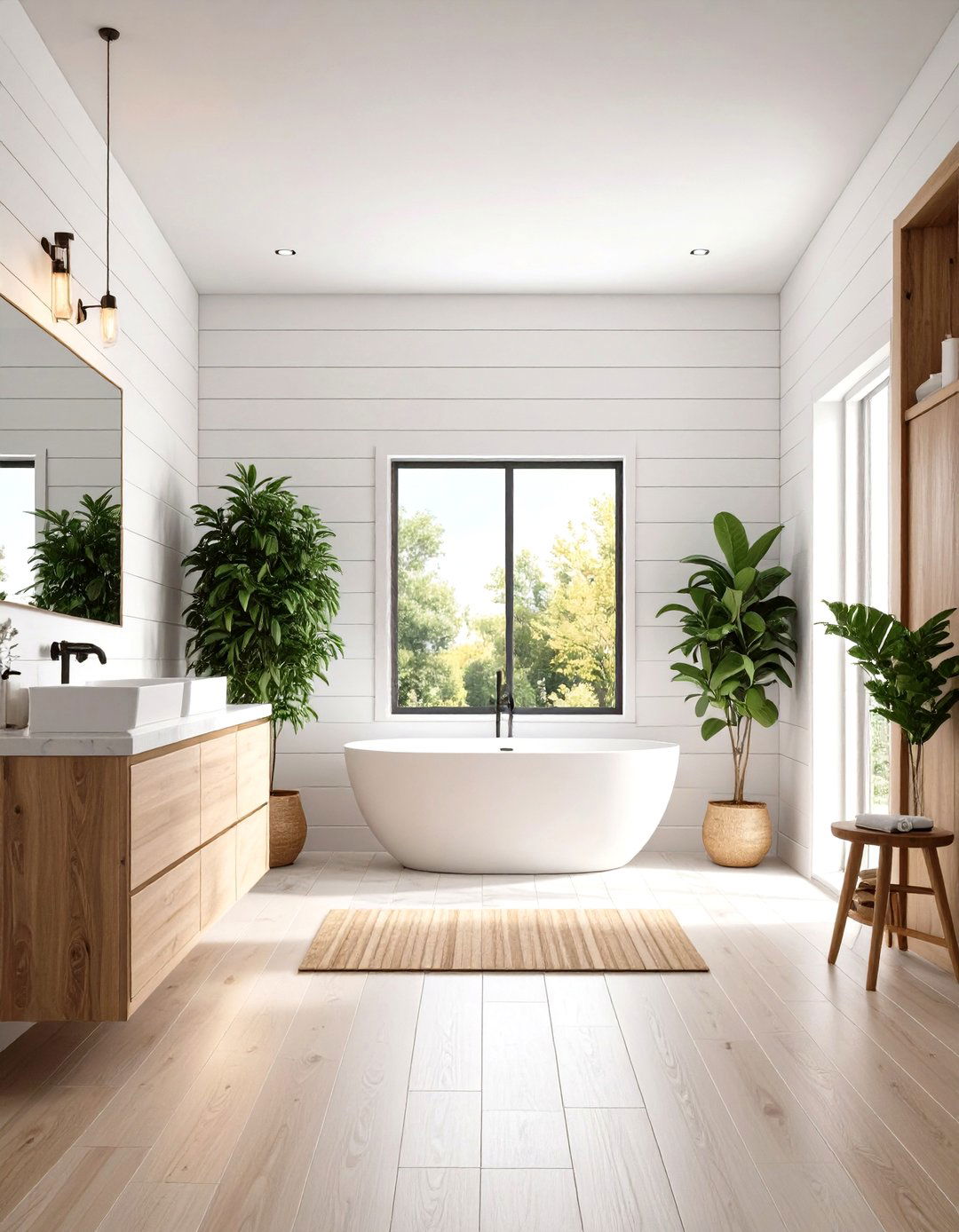
In bathrooms, use moisture-resistant or treated shiplap to prevent warping. White or light gray boards reflect light, making small baths feel larger. Combining shiplap with subway tile or marble accents creates a spa-like retreat that balances texture and polish.
13. Kitchen Backsplash Shiplap

Replace traditional tile with horizontally laid shiplap behind kitchen counters. Painted in semi-gloss for easy cleaning, it adds farmhouse flair and continuity when extended to adjacent walls. Pair with open shelving and brass hardware for a modern-rustic kitchen aesthetic.
14. Outdoor Porch or Patio Walls
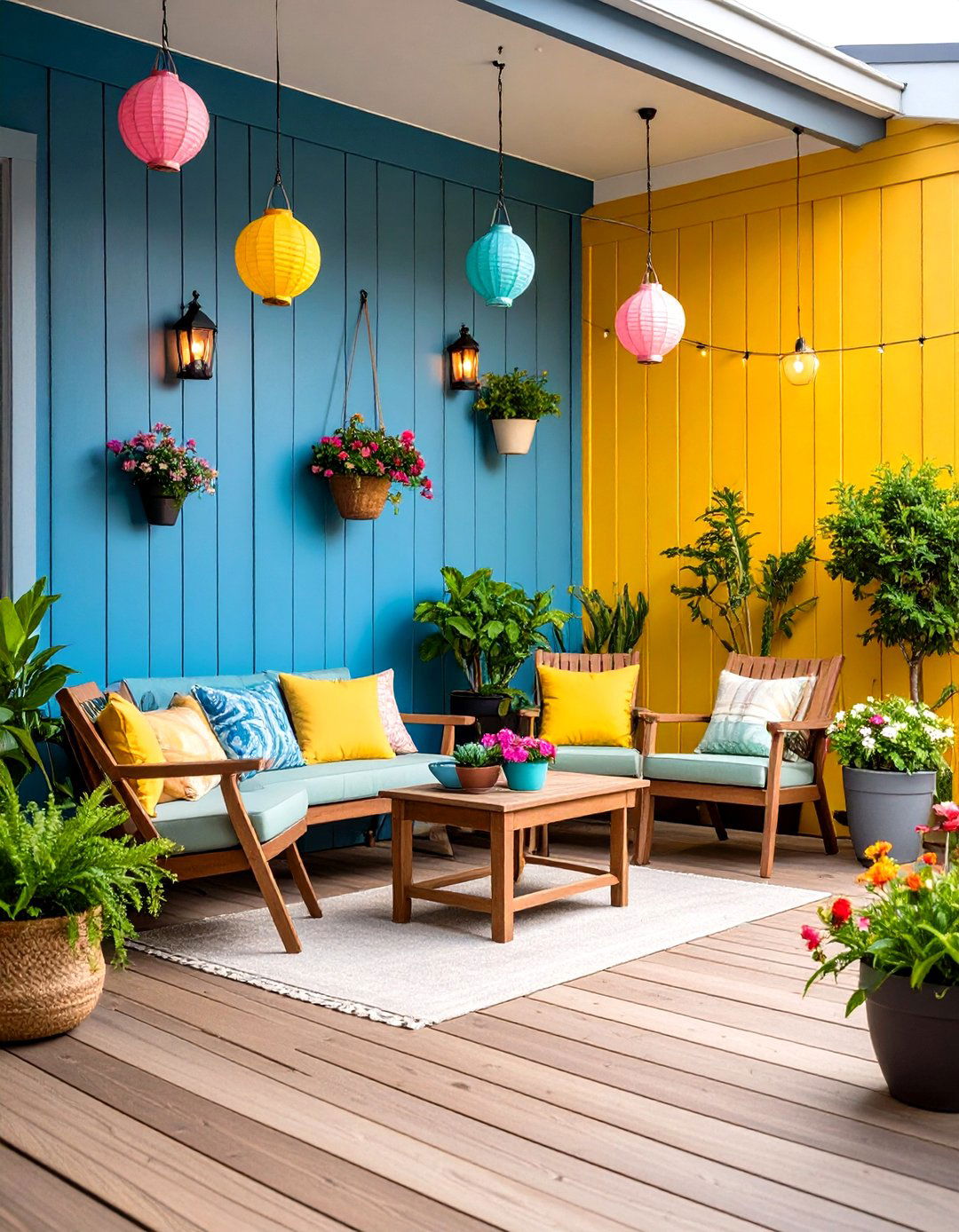
Use exterior-grade shiplap on porch ceilings or accent walls to create a covered outdoor room. Natural wood finishes blend with greenery, while painted shiplap offers a crisp, coastal vibe. Proper sealing ensures longevity against the elements.
15. Nursery Feature Wall
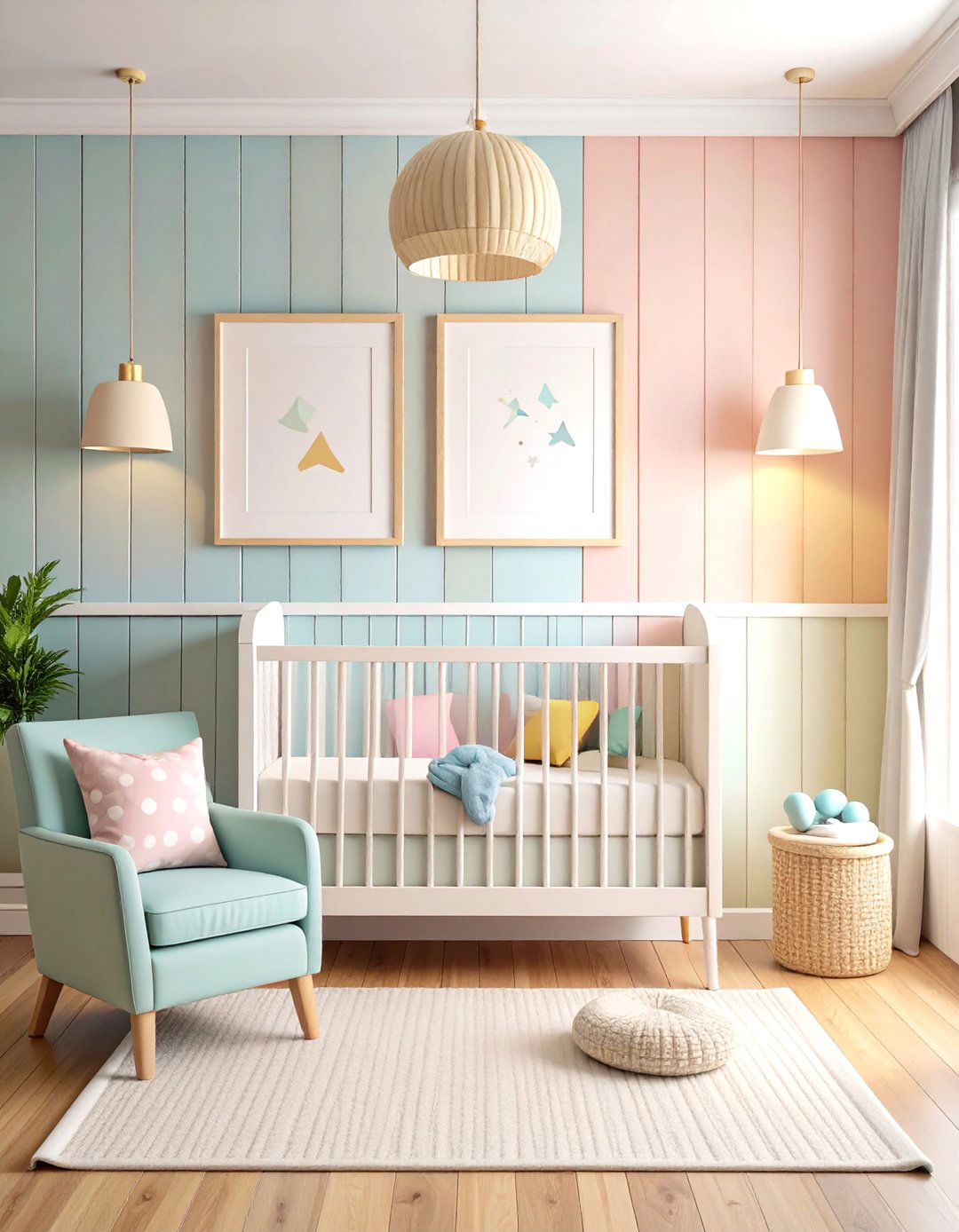
Soft pastel-painted shiplap makes a charming nursery backdrop. Horizontal boards painted in blush, mint, or lavender introduce subtle pattern without overwhelming the space. Add wall decals or framed artwork for a playful yet serene environment.
16. Home Office Statement Wall
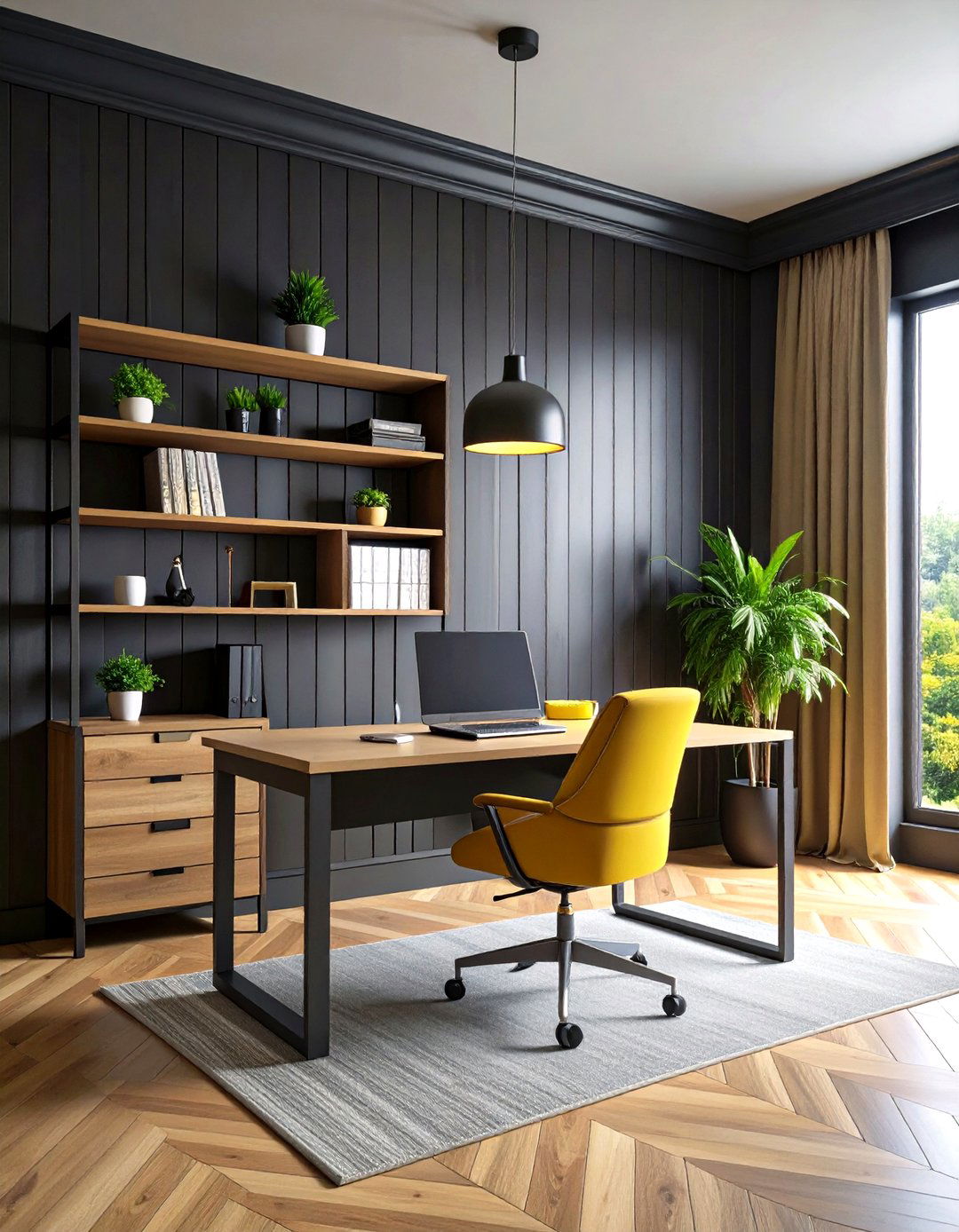
Install dark-stained or charcoal-painted shiplap behind a desk to create a focal point that anchors your workspace. The texture adds warmth to professional décor, while integrated shelving can hold books and décor items for both function and display.
17. TV Wall with Integrated Shelving
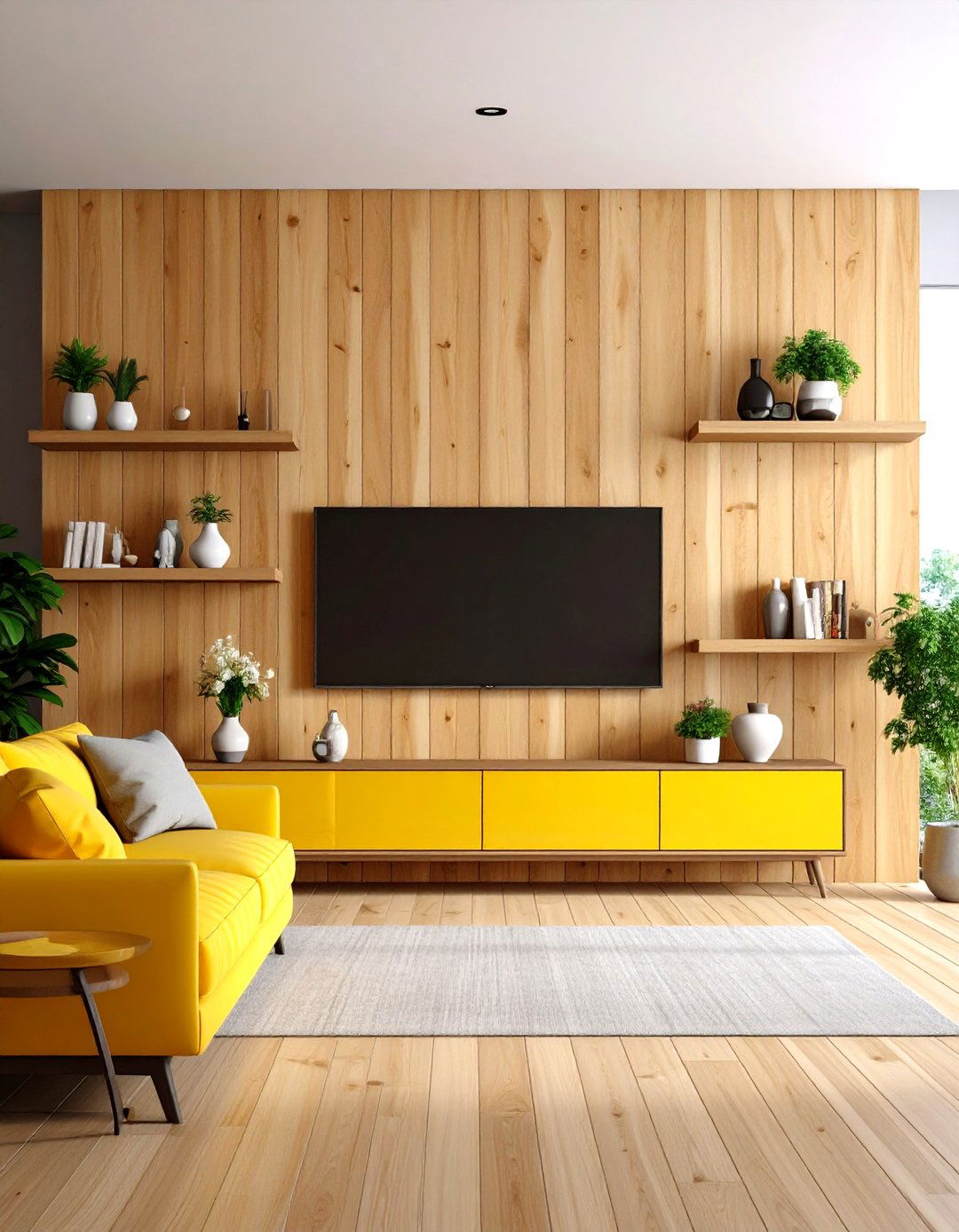
Frame a media console with shiplap and built-in floating shelves. The boards provide a neutral yet textured backdrop for a flat-screen, while shelves showcase speakers, plants, or art. Opt for natural or painted finishes to match room décor.
18. Entryway Shiplap and Bench Combo
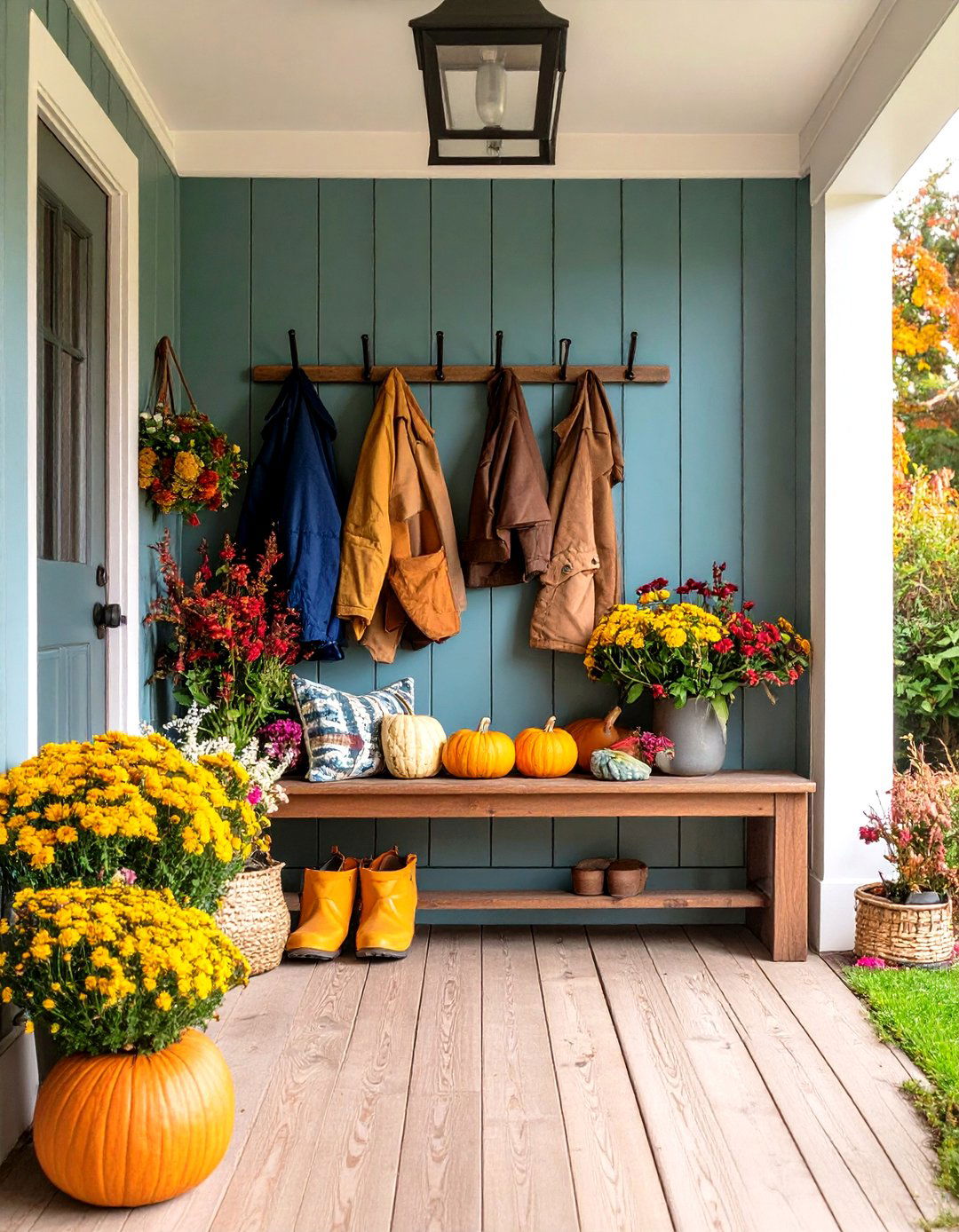
Create a welcoming foyer by applying shiplap behind a built-in bench with coat hooks. The durable planks withstand heavy use and serve as a practical backdrop for seasonal décor. Painted in a bold hue, this functional vignette makes a striking first impression.
19. Staircase Wall Panels
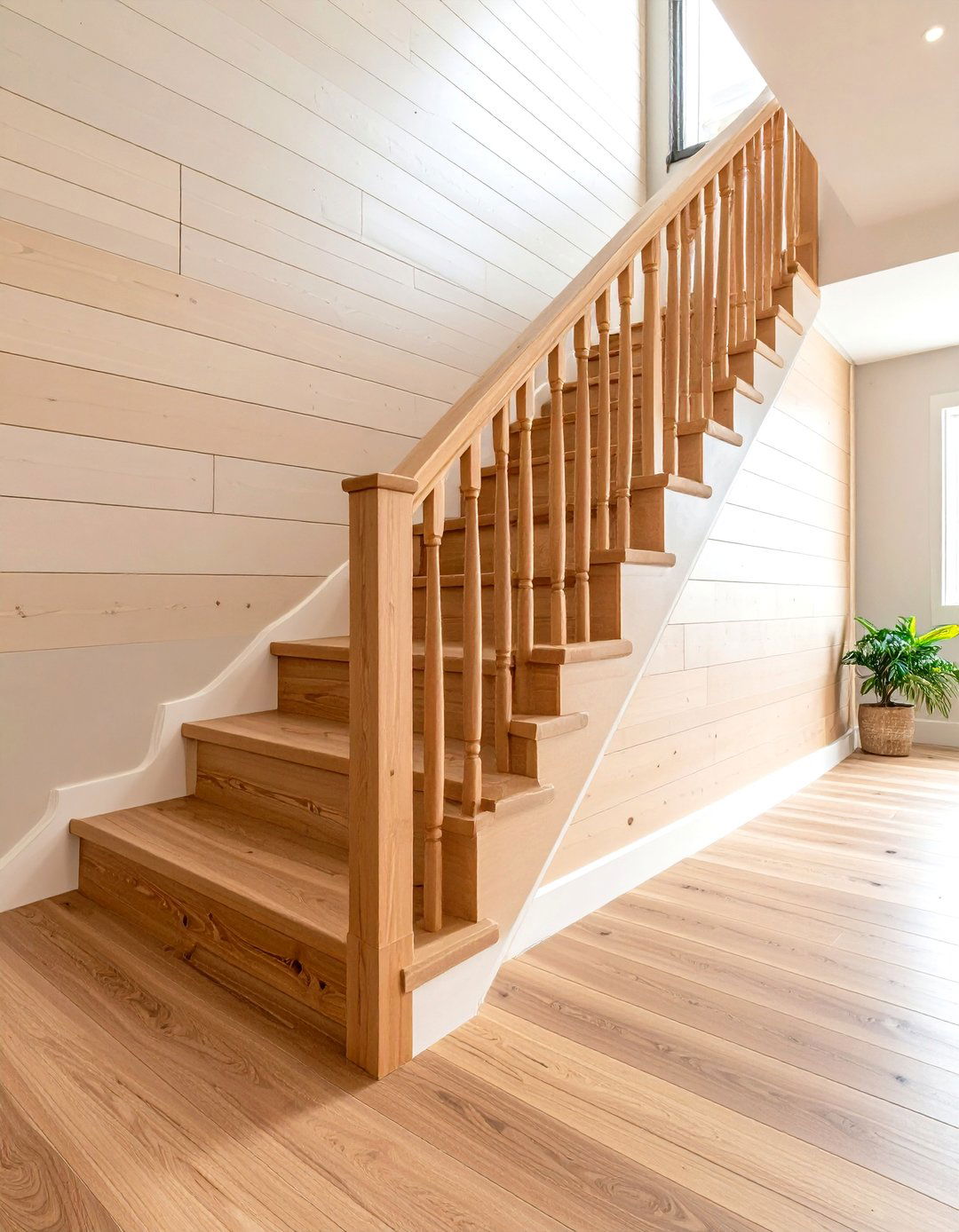
Line the wall along a staircase with shiplap boards, following the rake of the stairs. This continuous application highlights architectural lines and adds interest to otherwise plain hallways. Contrast painted planks with natural wood handrails for a curated look.
20. Mixed-Material Shiplap Feature
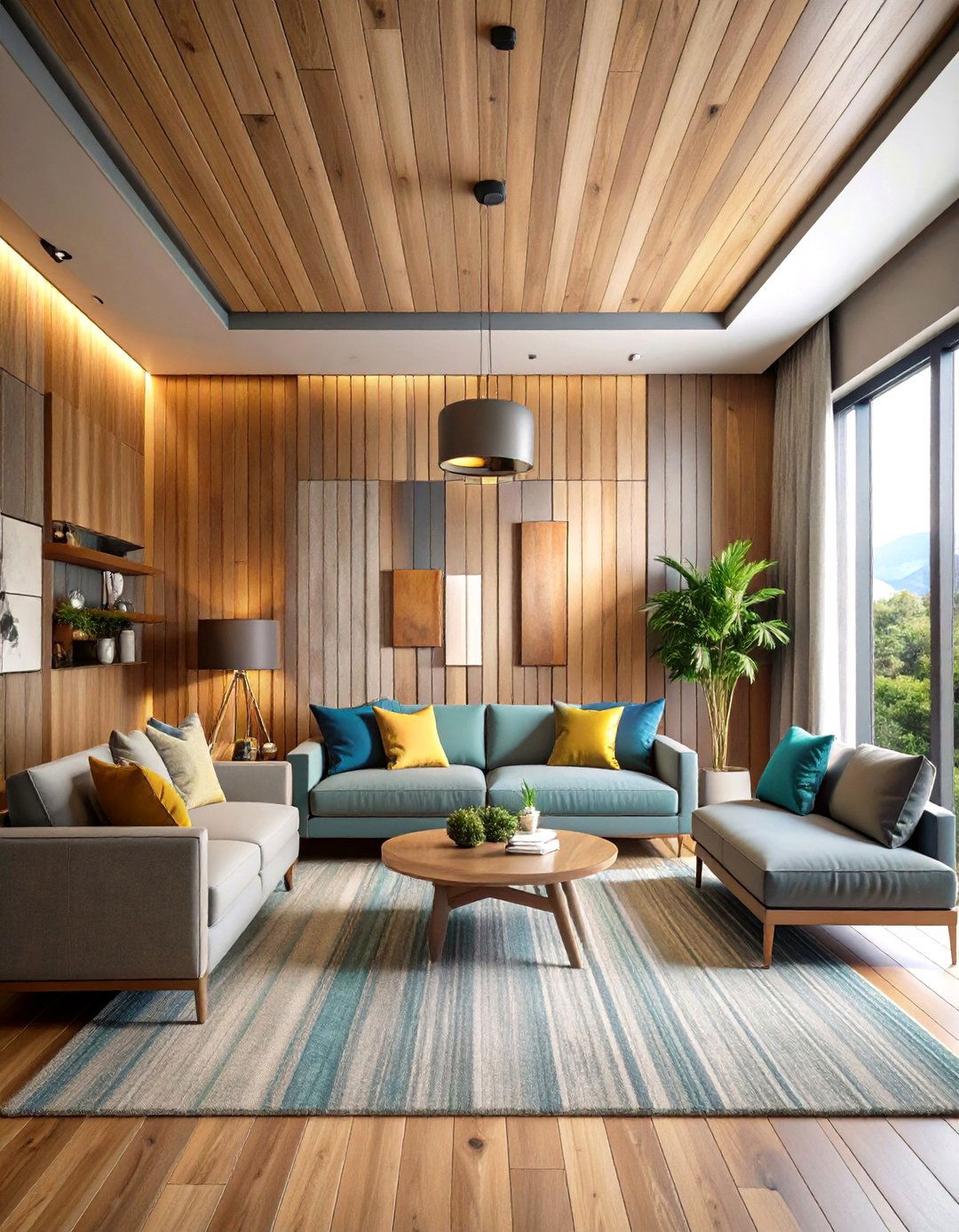
Combine shiplap with other wall treatments—such as stone veneer, brick, or metal panels—for an eclectic feature wall. Alternating sections of wood and complementary materials create depth and textural contrast, ideal for accent walls in living rooms or dining areas.
Conclusion:
Shiplap’s adaptability makes it a design favorite, capable of transforming any space with texture, warmth, and character. Whether you choose classic white horizontals or bold diagonal layouts, reclaimed wood, or mixed materials, there’s a shiplap solution to suit every taste and function. By considering orientation, finish, and integration with other architectural elements, you can create a cohesive and stylish environment that feels both timeless and uniquely yours.


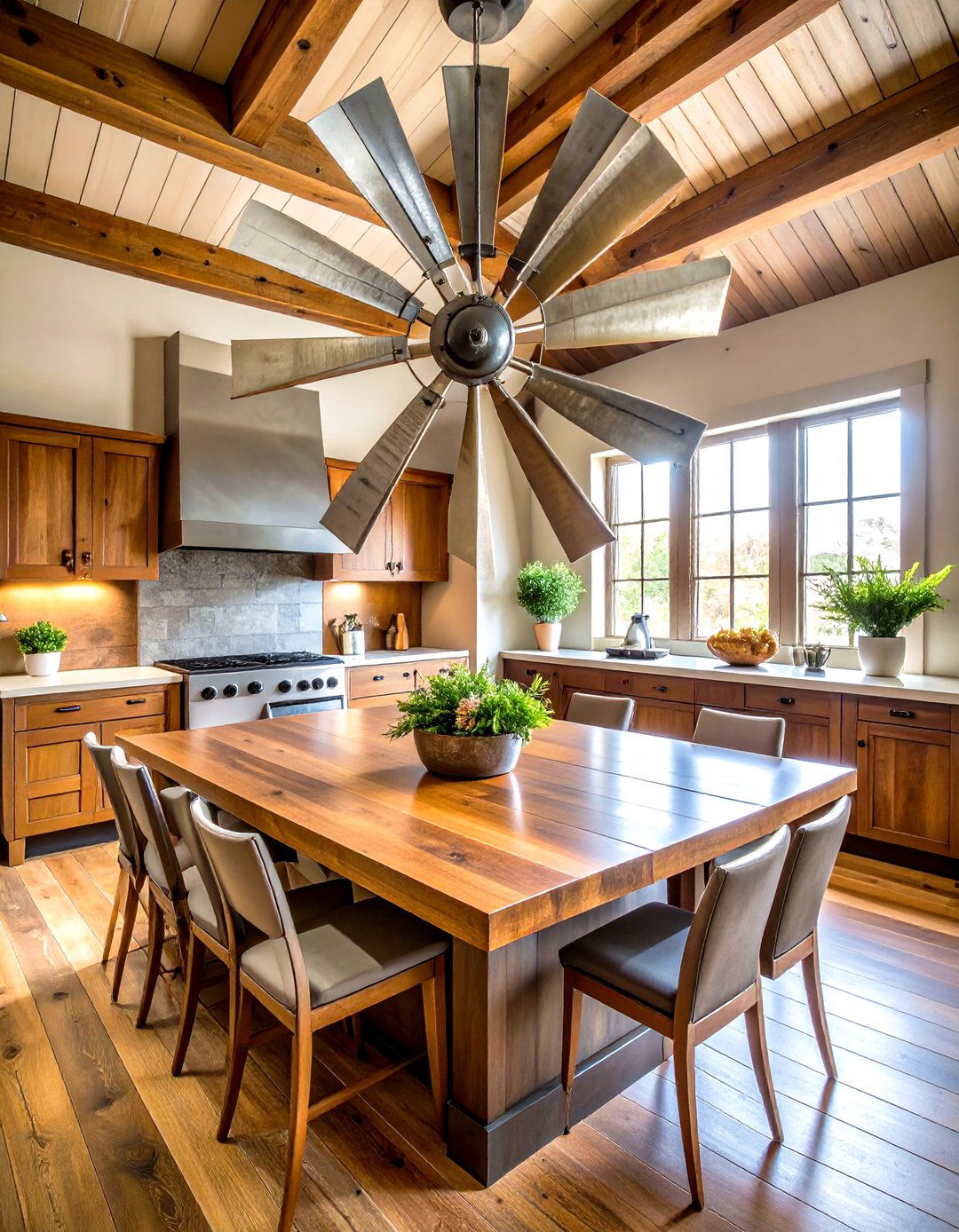
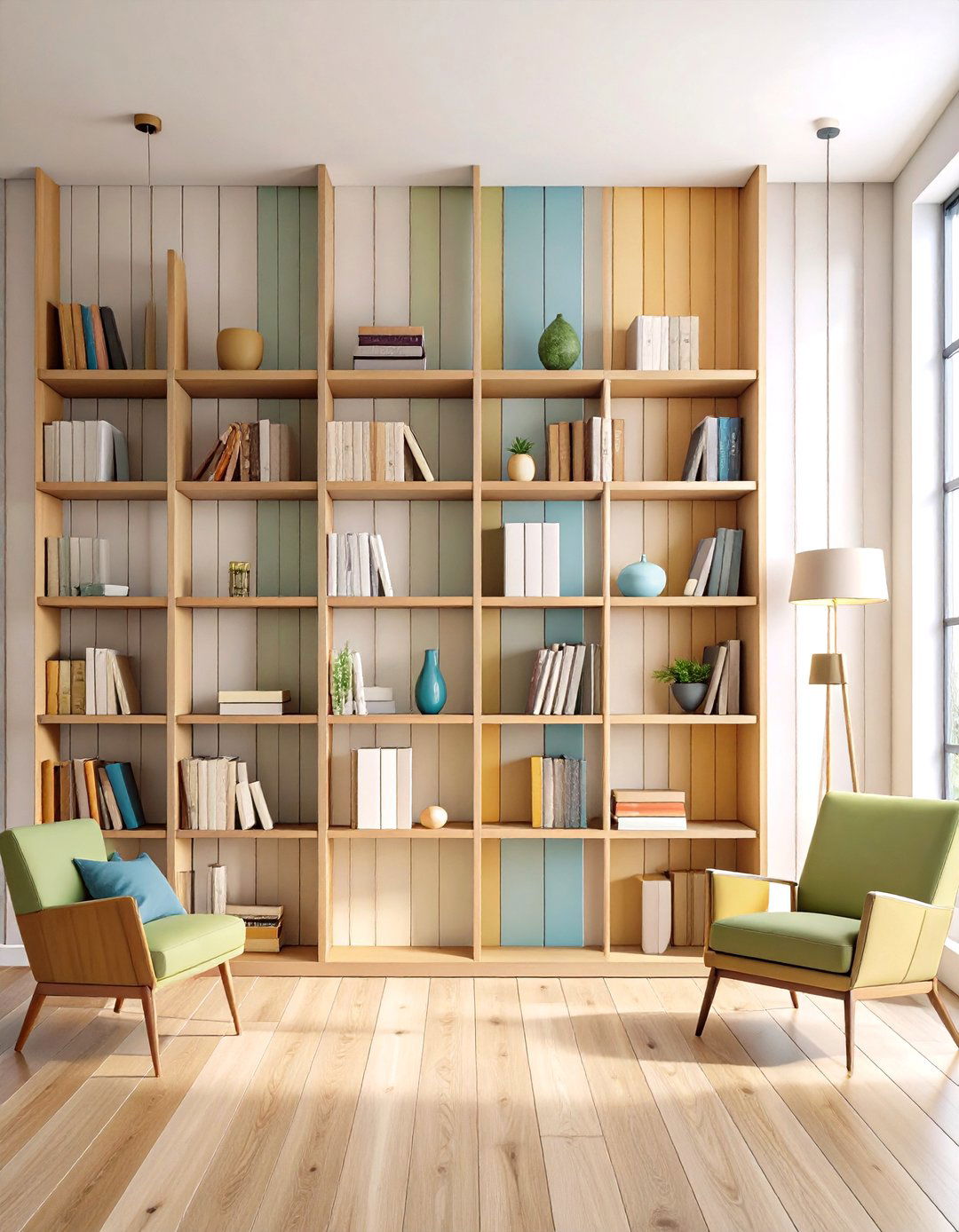
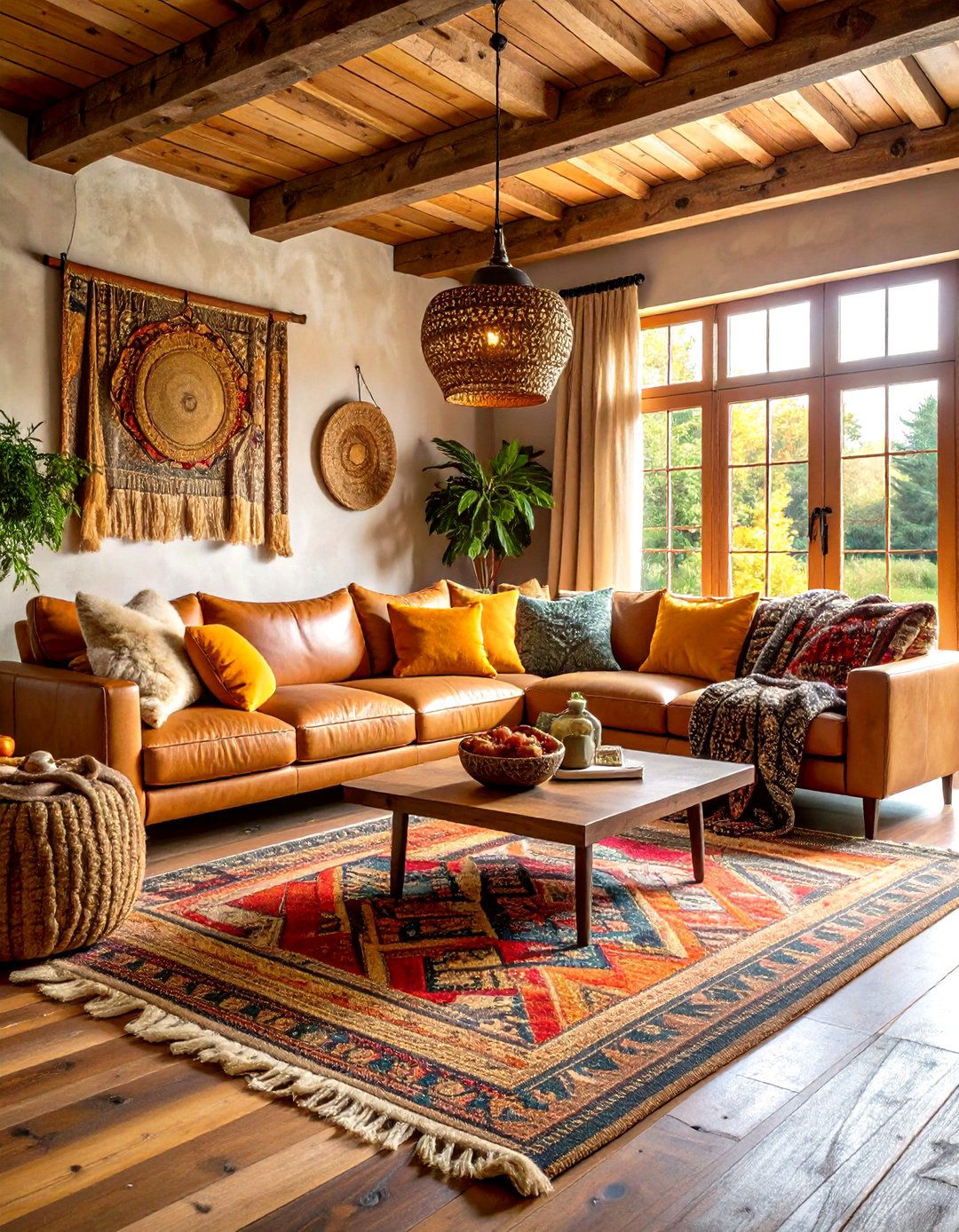
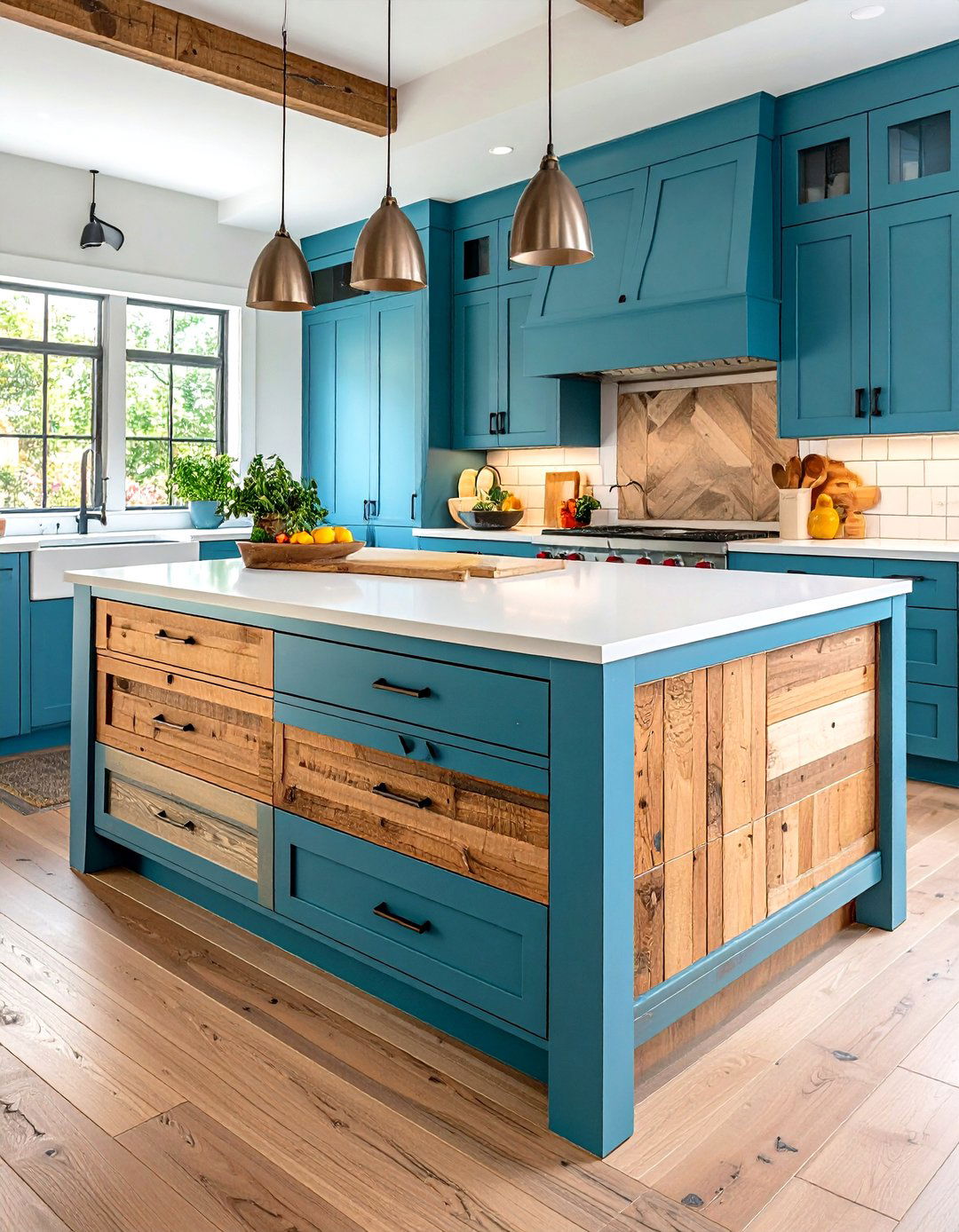
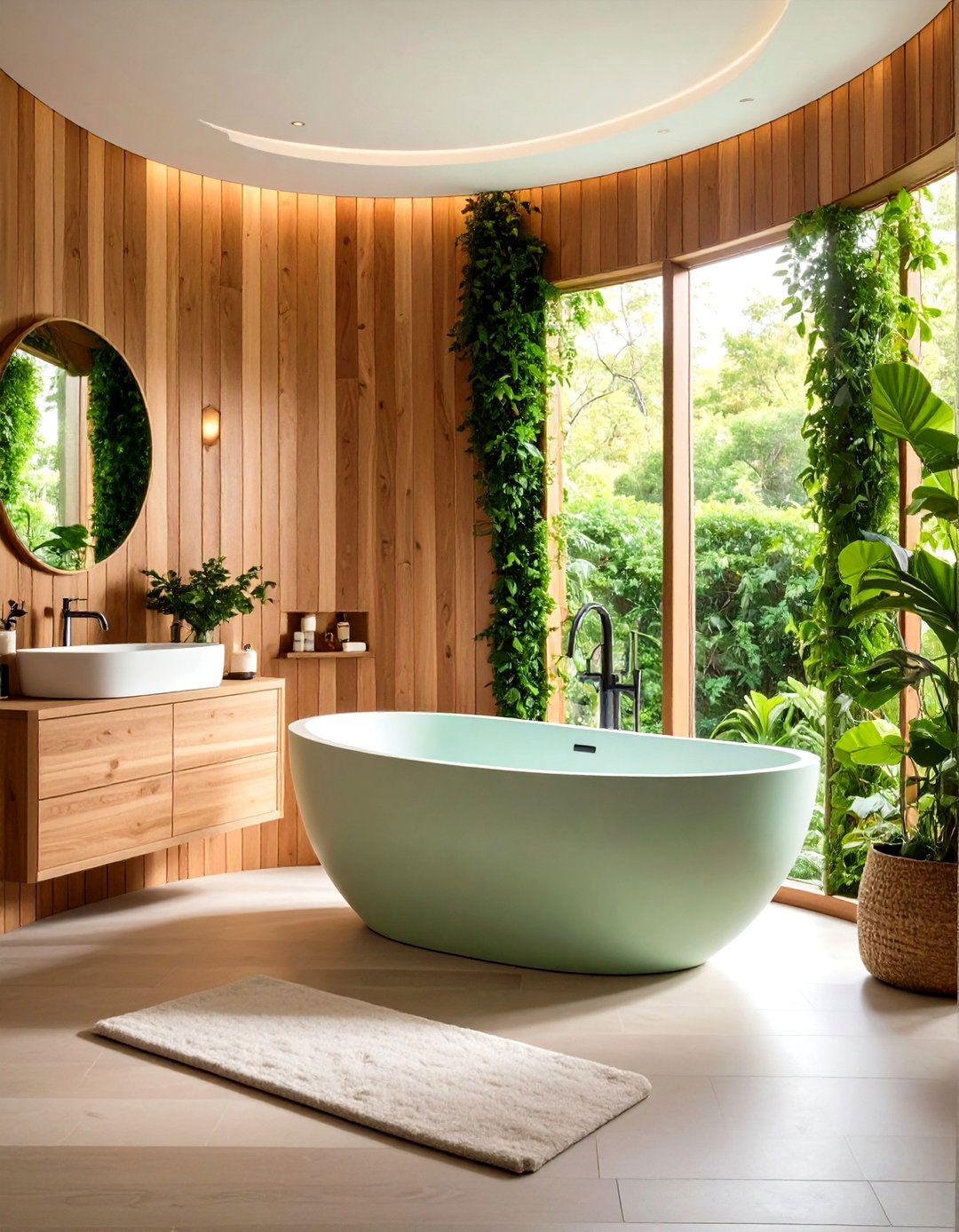
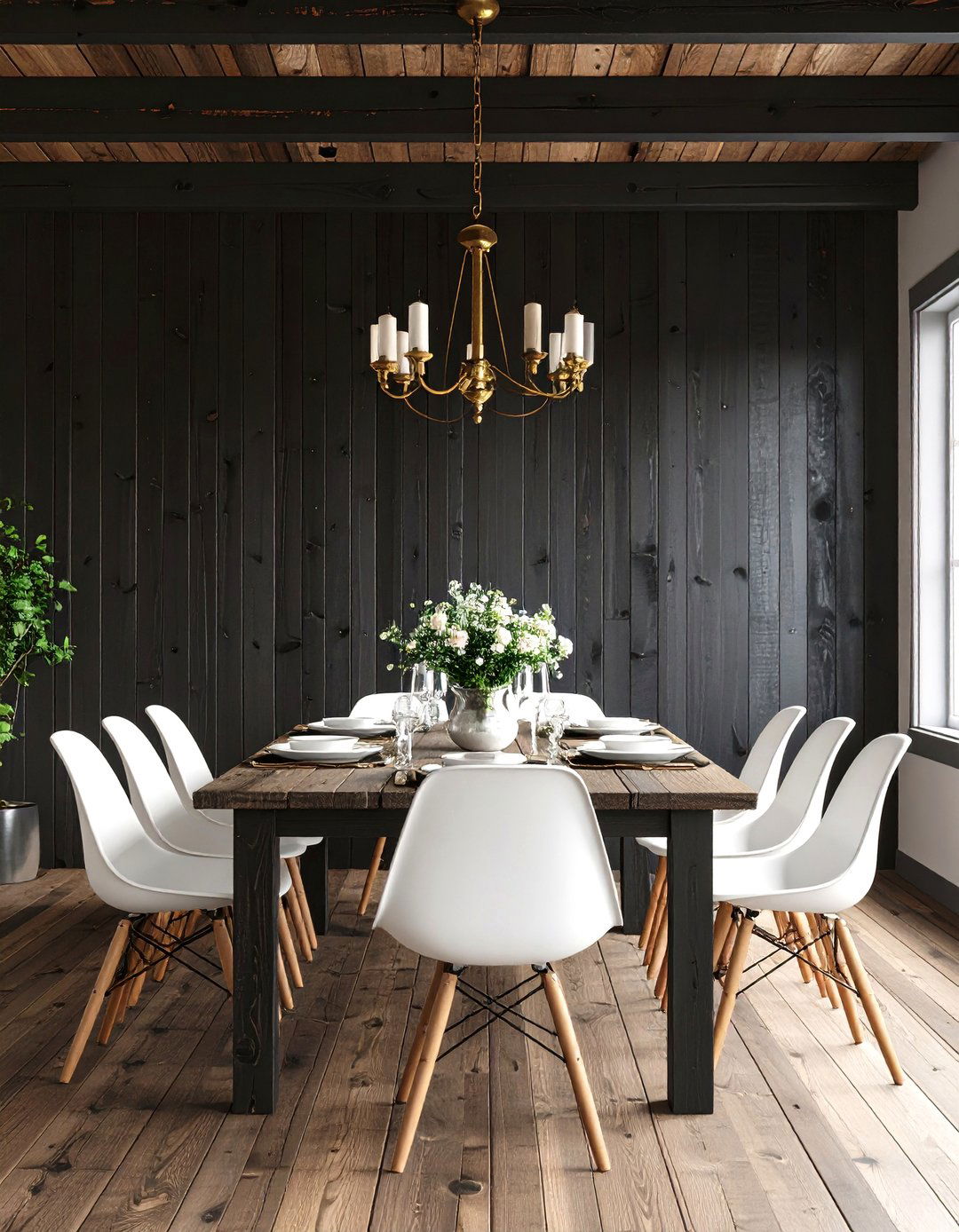
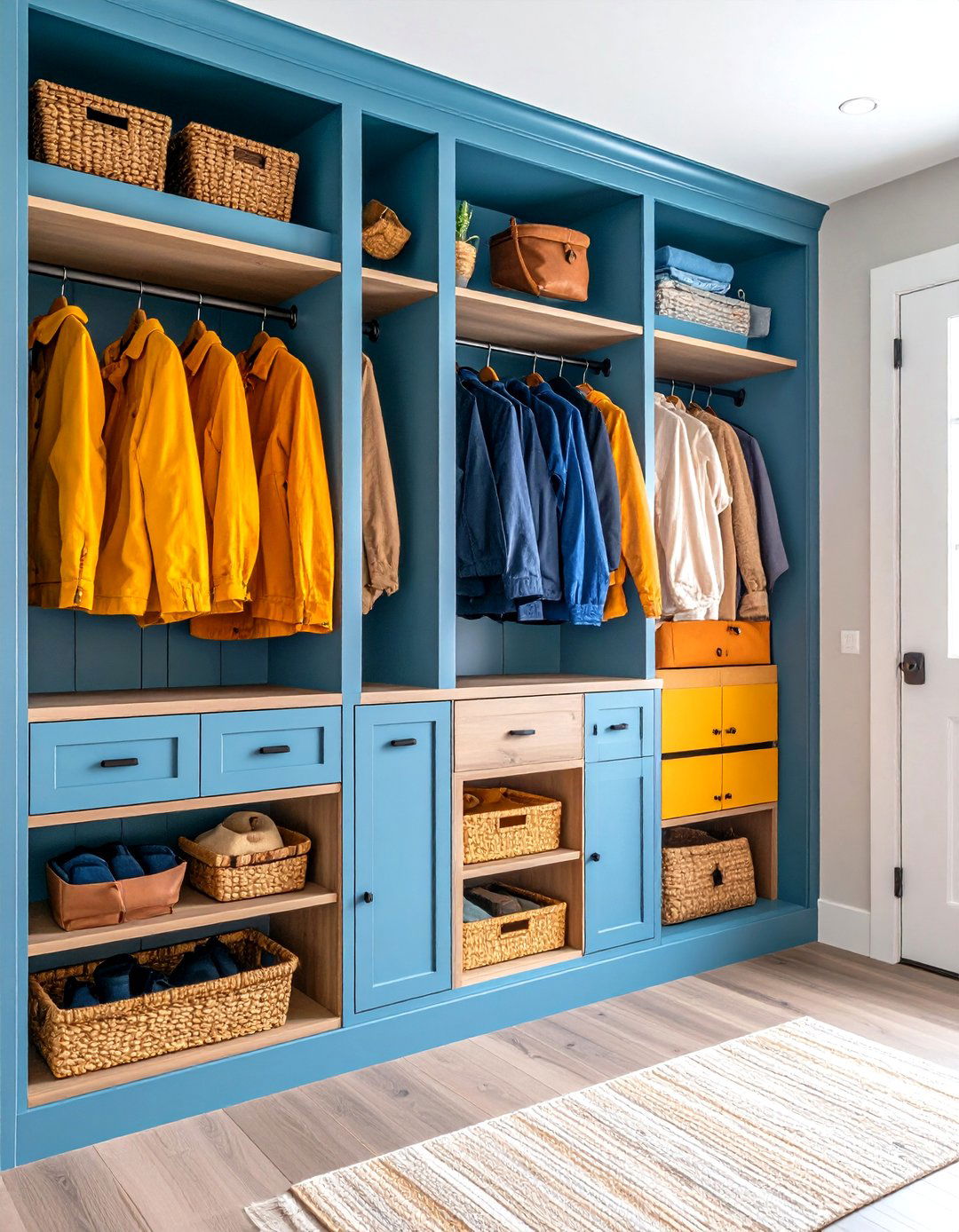

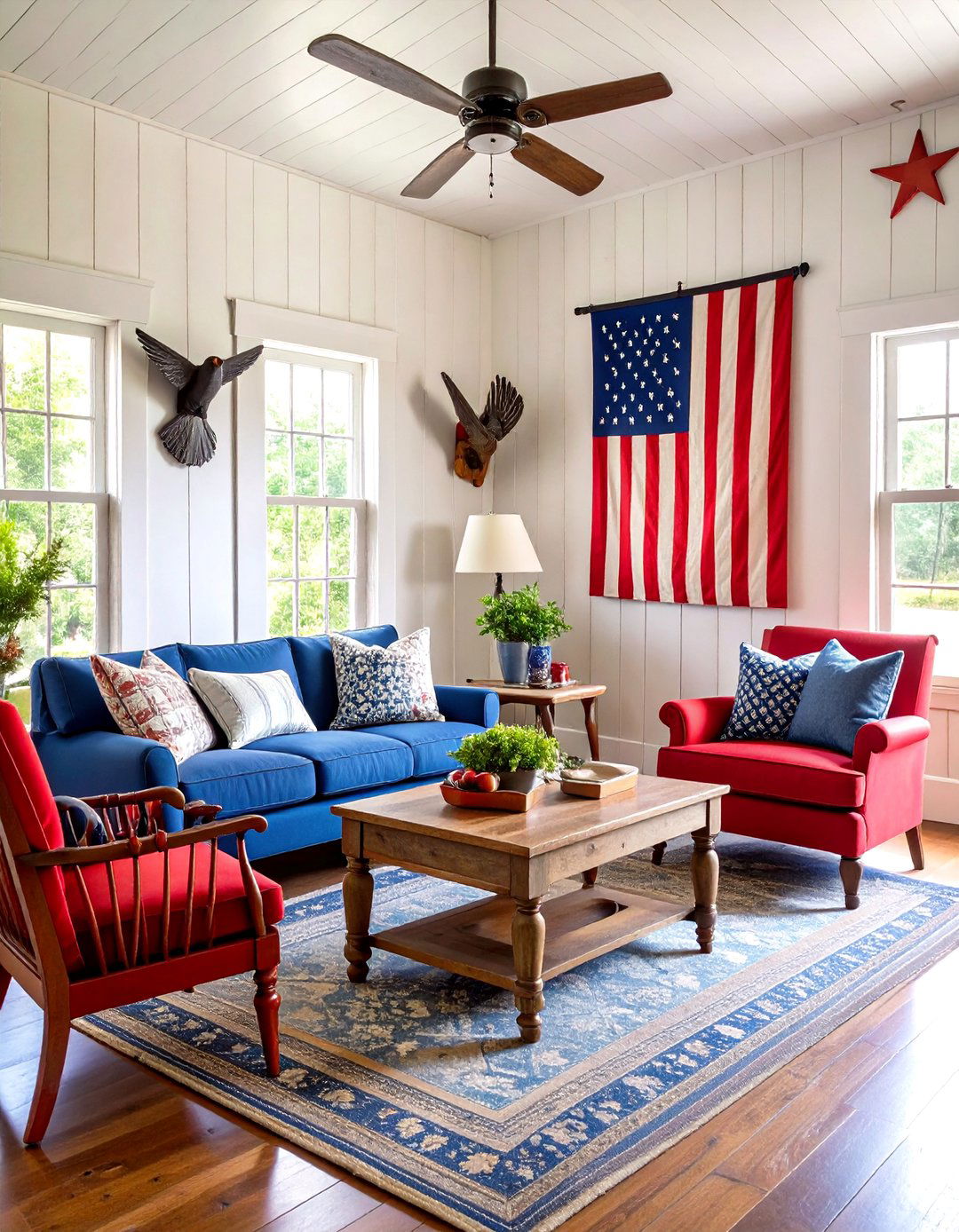

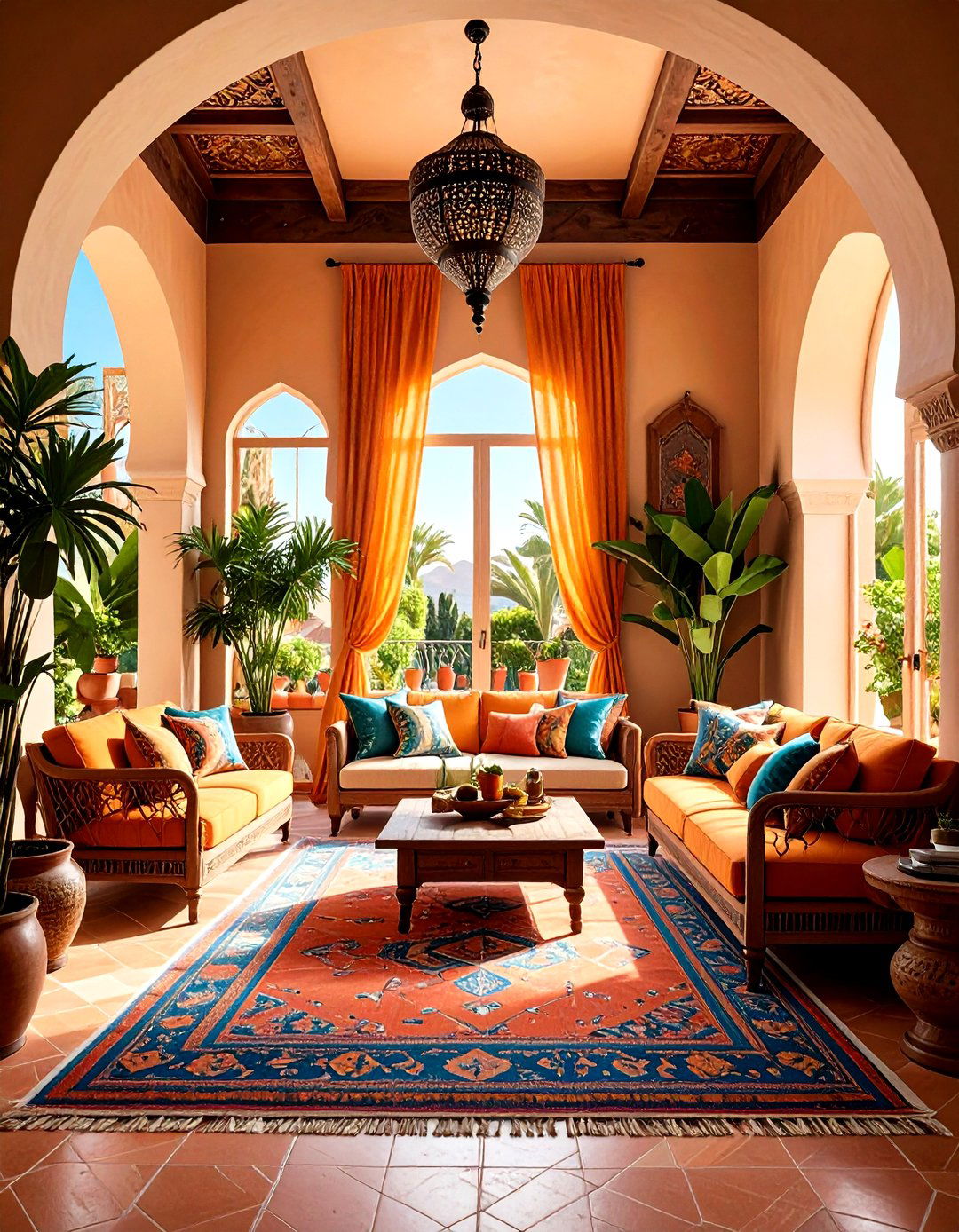
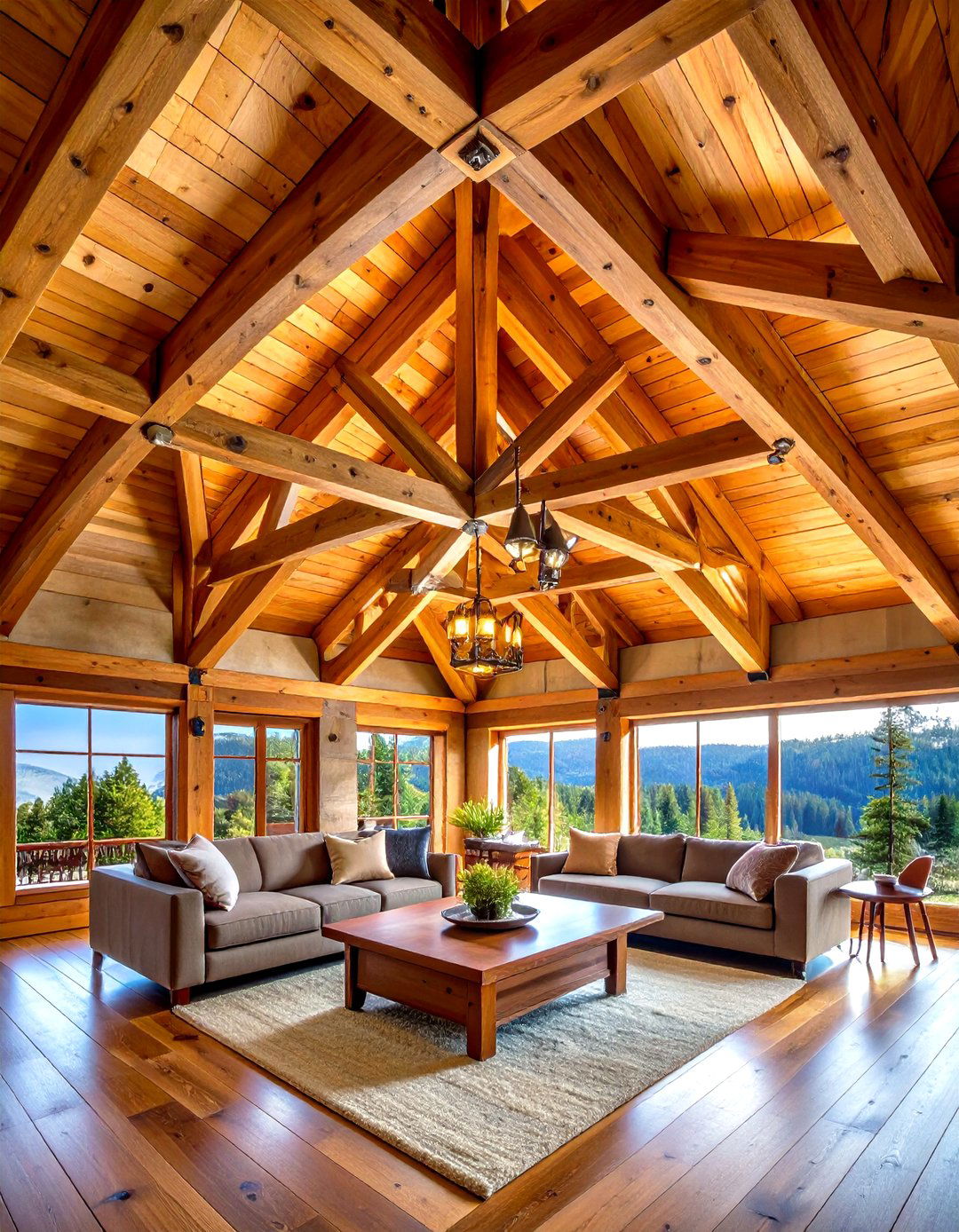
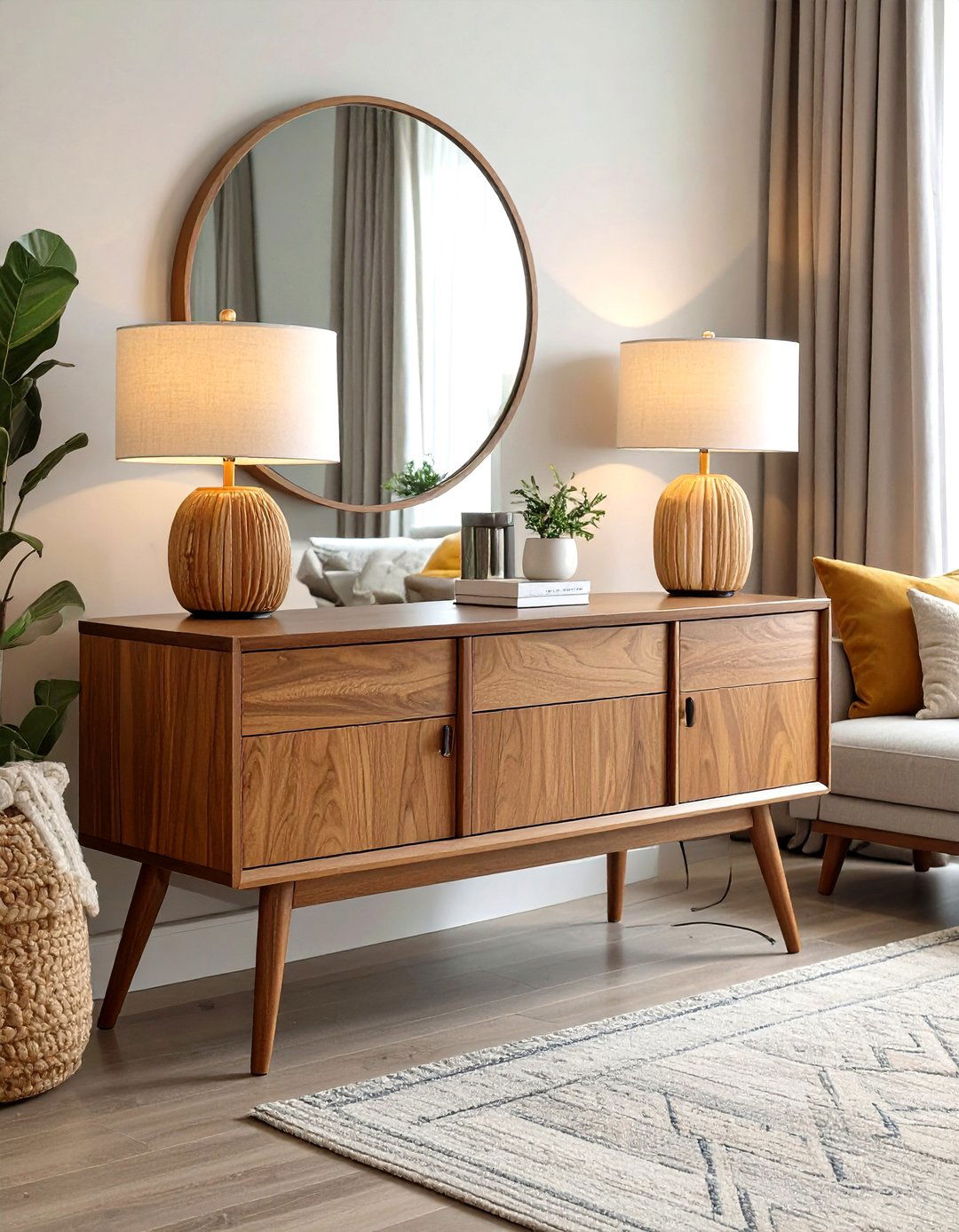
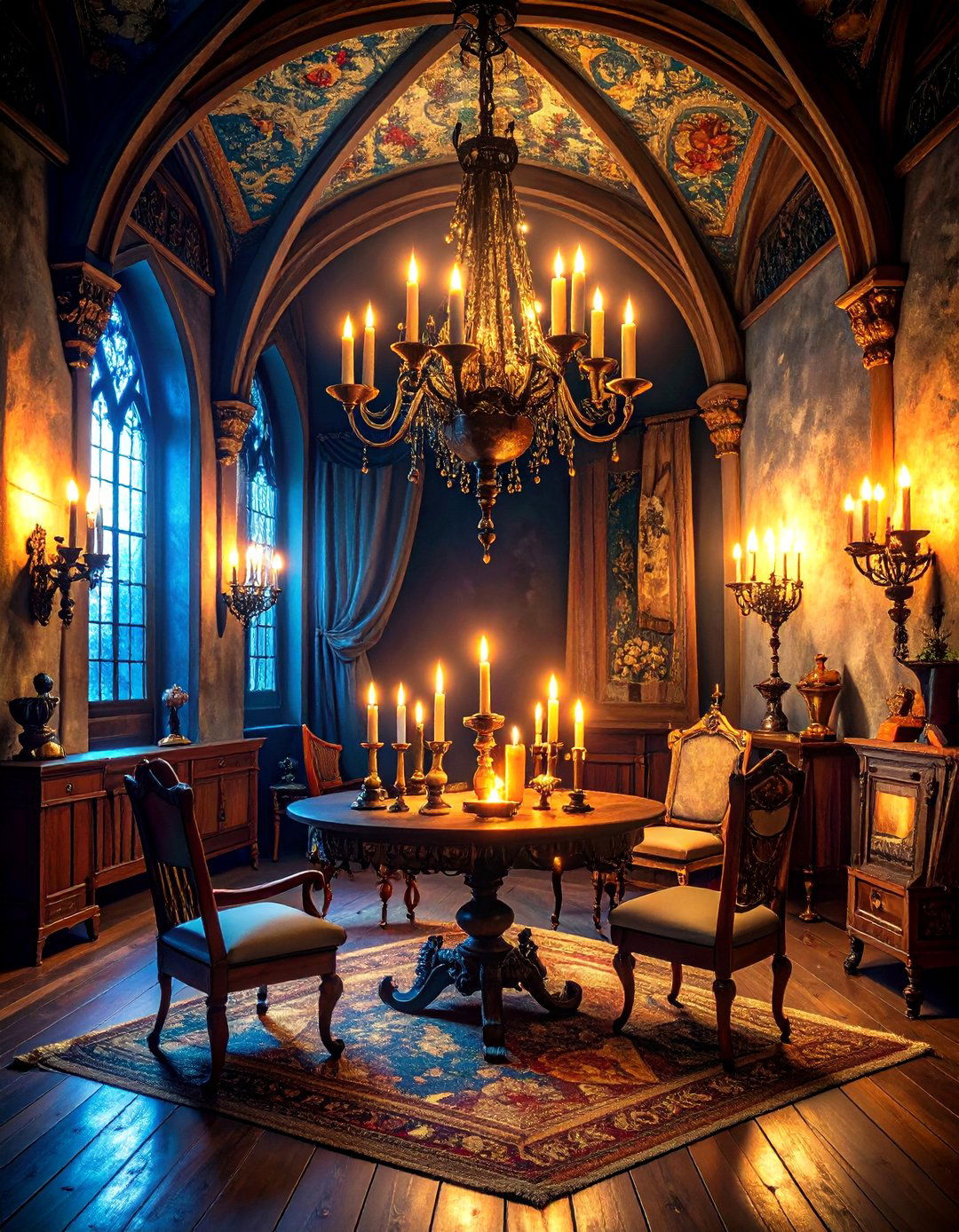

Leave a Reply